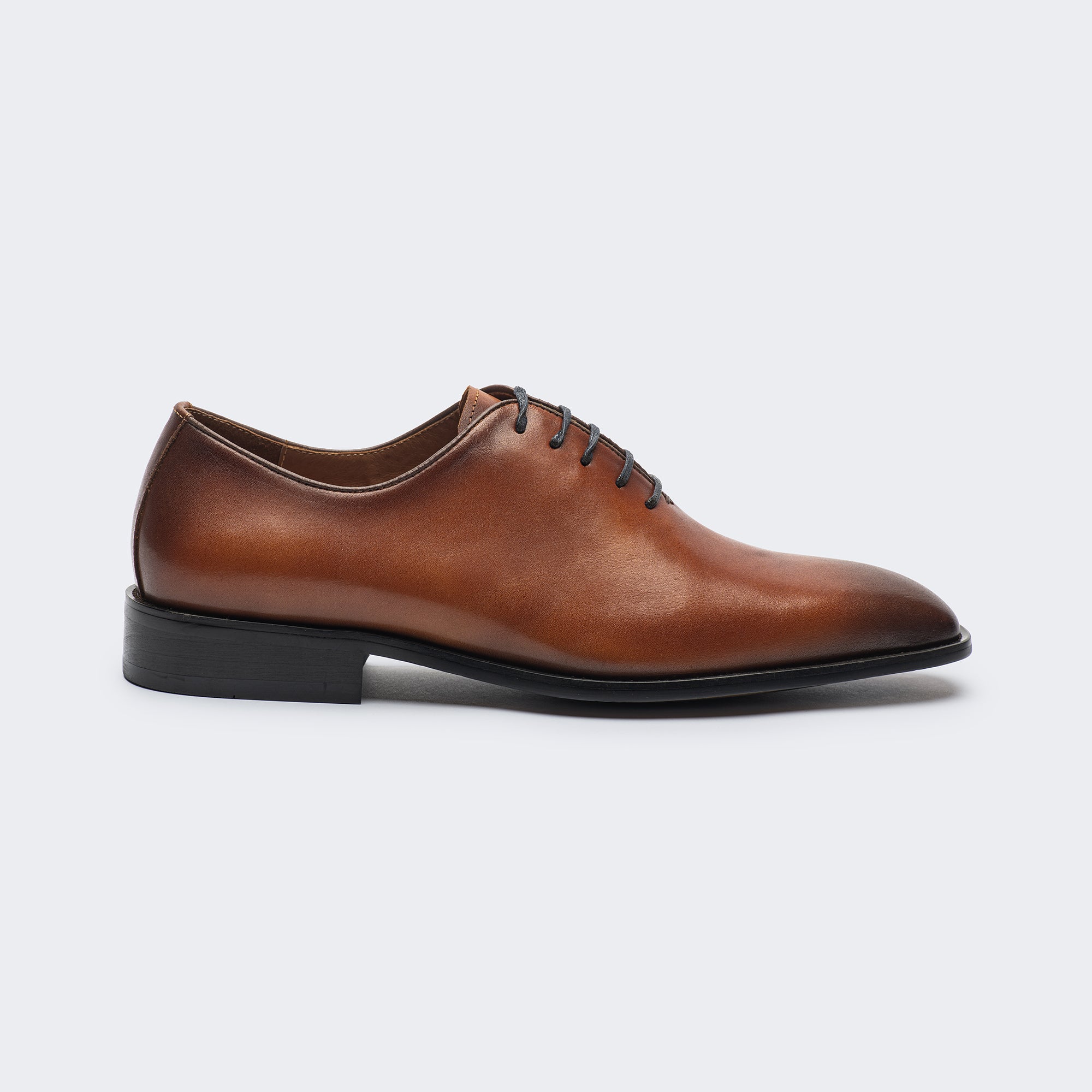How the Sleeve Length Should Fit?
Ever purchased a dress shirt with the wrong sleeve length? Something with cuffs grazing your knuckles or way too high to reach your wrists? That's a common problem with online purchases as you can't enjoy the luxury of trying on the shirt to check whether it fits every part of your upper body or not.
Thus, to save you from the hassle of returning a wrong-sized shirt, today we're going to write down a guide on How the Sleeve Length Should Fit. The blog post will also cover the importance of the right sleeve length, the right way to measure your sleeve length and tips to discard inaccuracy in sleeve length measurements. So, let's begin!
Why does the right sleeve length matter?
It doesn't matter how accurately you measure your arm fitting from different points and angles; these measurements will be useless unless the sleeve sits correctly. And this is possible only if you have the correct sleeve length.
Any less or extra inch in the sleeve length may end up making you look like an ill-mannered, under-confident man, conveying annoyance to everyone. Besides, with the right sleeve length, you can easily purchase shirts from online stores or off-the-rack sections without spending hours struggling to try different shirts.
How the sleeve length should fit?
A shirt sleeve should end right at the point where your wrist meets your hand. However, to get this right sleeve measurement, you need to also consider the shoulder seam since with the correctly positioned shoulder seam, the sleeve of your shirt stays in perfect alignment - even when your arm moves.
When your cuff stops right at the break of your wrist, this allows you to move your hands freely without getting interfered with additional sleeve fabric.
How to measure sleeve length?
Many think that one just needs to put the ends of measuring tape on the sides of the arm to get the right shirt length measurements. However, this concept is wrong.
Instead of this, you need to consider several factors, like the cut and style of the shirt, seams of sleeves, etc. For this, you first need to find one of your old, nice-fitting shirts and measure the distance from neck nape to shoulder seam and shoulder seam to cough end. However, if you don't have such a shirt, follow the given steps to take measurements directly.
- Place one end of measuring tape on the centre of your neck or midpoint of your collar and stretch the tape to the point where your shoulder seam should sit.
- Next, place one end of the tape at the shoulder seam and stretch it to the break of your wrist. Don't flex your arm or taut the tape too much. Try to hang your arm as naturally as possible.
- Add both these measurements together; neck-shoulder, shoulder-wrist. This is your sleeve length.
Remember that this method is helpful only to measure the sleeve length of a dress shirt. For measuring a jacket's sleeve length, rules may vary a little. Some other things you need to keep in mind while finalizing sleeve length are as follows;
- Always round up the measurements instead of rounding down.
- To get balanced measurement, measure multiple times
- Since most dress shirts are made of cotton, shrinkage is normal so keep the shrinking margin in mind. Or you can buy pre-shrunk shirts.
- The cuff style is another factor to consider while taking sleeve length measurements. For example, french cuffs should end at your thumb's root whereas barrel cuffs should meet your wrist break while providing a snug fit.
FAQs
Your short-sleeved shirt should have sleeves reaching the middle of your bicep.
The sleeve of your shirt should look clean, without any folds or fuss but it should not be too tight around your elbow or armhole.
Yes, your shirt’ length, including the sleeve length and collar, is prone to shrinking under certain circumstances.
The standard sleeve length is 32-36 inches but it can be short or long as per a man's height and build.










